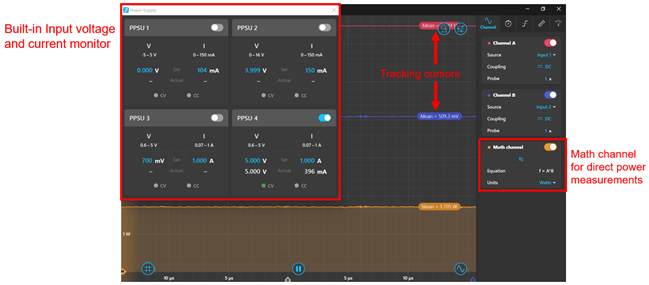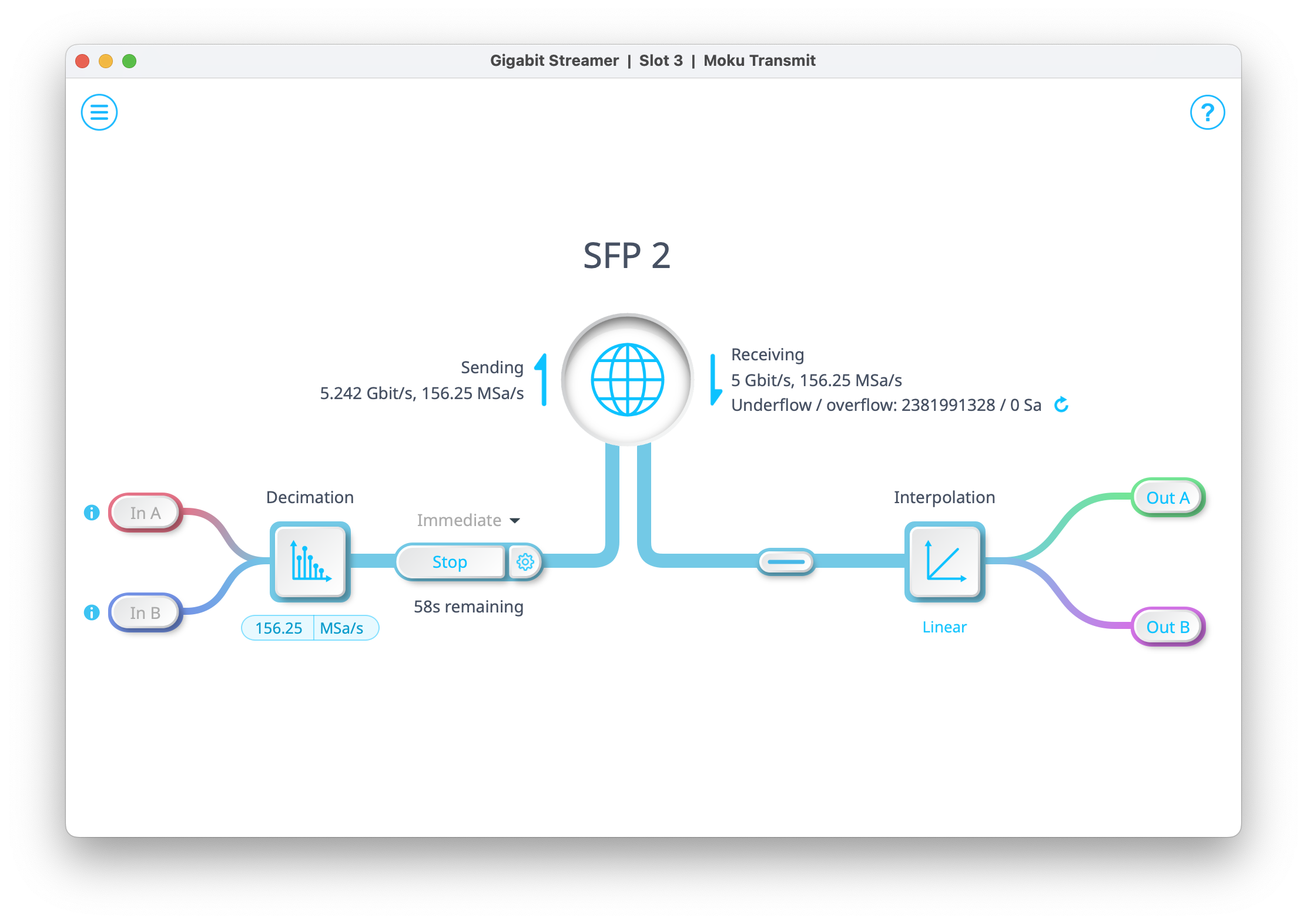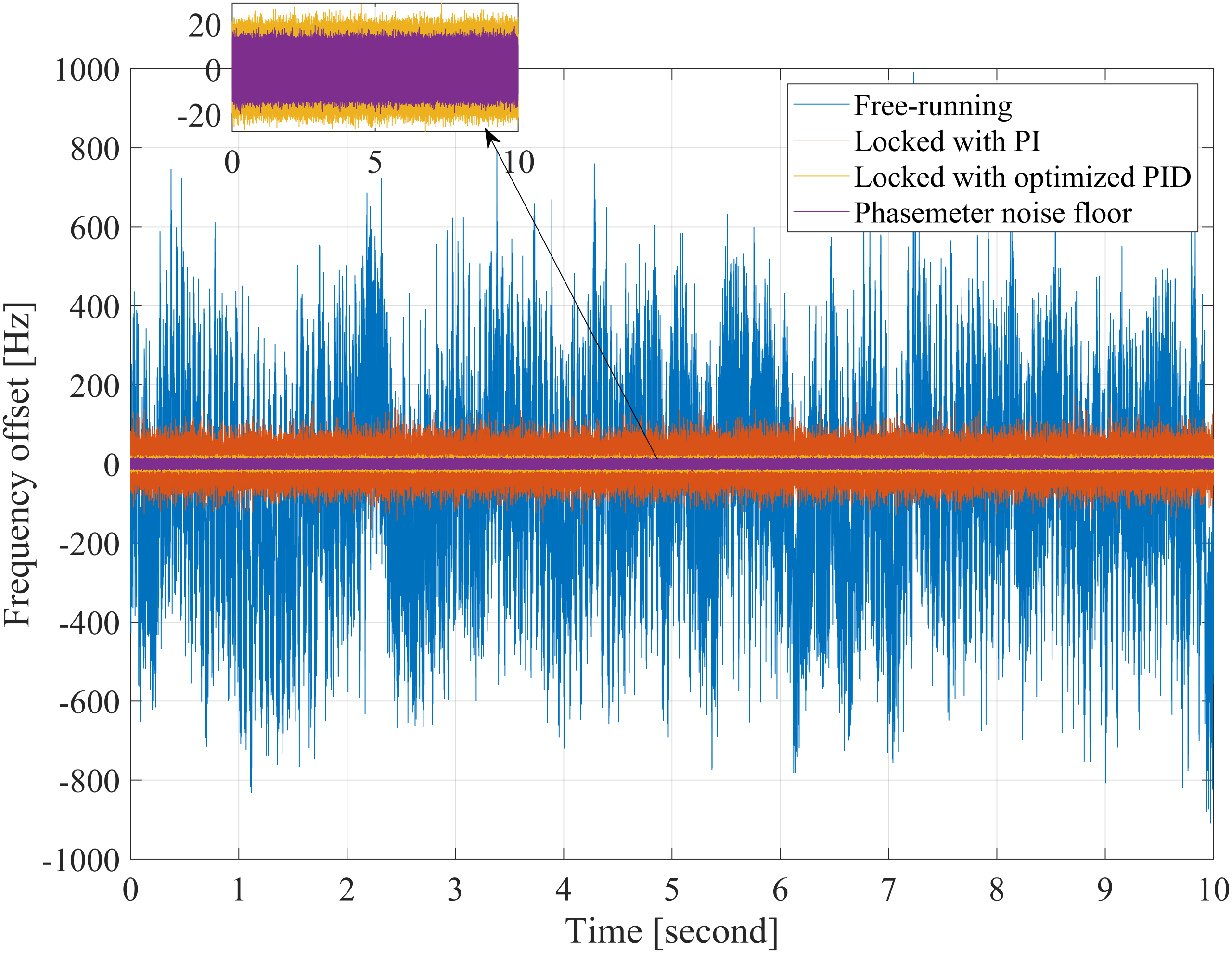Introduction
Analog electronics play a critical role in modern circuit design. As digital electronics become more popular, the gap between analog and digital skills in new graduates is becoming wider. One of the most important analog concepts to electrical engineers is power and power management in a circuit. No matter how digital engineering becomes, having a solid understanding of power concepts and how they impact the technology we design and use today will always be a critical skill for any student.
Why is teaching power management important
Portability, energy efficiency, size, and cost are crucial elements for the design of any modern electronic product. Power management teaches us how to support highly integrated designs through concepts like AC/DC converters, DC/DC converters, and battery management so that an increase in features with a wide variety of voltages and current needs can be accommodated. As these trends continue to rise, so will the industry demand for this knowledge.
It is not only electrical engineers that benefit from a better understanding of power management. In rapidly expanding industry sectors such as electric vehicles (EVs) in the automotive industry, an in-depth understanding of the core concepts of power systems is paramount. EVs are all about the balance of range, efficiency and power from a battery source. While power engineers are at the core of these designs, it’s important for any member of the team to have working power knowledge at the system level.
Creating a design is one thing, making sure it works as expected is where circuit design and lab testing come together. Good power solutions take into consideration size, cost, efficiency, accuracy, response, and regulation. Students and professors now have access to affordable DC/DC converter education boards and test equipment that are accessible in and outside of the lab. The TI-PMLK Wurth Elektroniks power education board gives them the working knowledge of the most common type of power converter: step down (buck) converters.
The TI-PMLK Wurth Edition and the Moku:Go from Liquid Instruments give a complete solution to DC/DC power education. The Moku:Go is an integrated test platform that has 15+ instruments with more coming this year as a software upgrade. It also includes a wide variety of connectivity options, like WiFi hotspot and USB-C, as well as programmable power supplies to look at all the parameters of a DC/DC design to better help students connect power management theory to real-world applications.
How does Moku:Go make power education more accessible and affordable?
A common issue in advanced university labs, such as power electronics, is a lack of affordable options for equipment needed to teach and test power solutions. The equipment required to test a single step down converter includes:
- Power supply [x1]
- Electronic load [x1]
- Digital multimeter [x4]
- Oscilloscope [x1] with voltage and current probes
- Spectrum analyzer [x1]
This setup would also require a decent amount of space since all the test equipment listed is typically a separate box with each having a different set of knobs and dials to learn how to use. Students taking a power electronics course are generally in their 3rd or 4th year of an engineering program and are likely familiar with most of this equipment, however, it can be tedious setting up each individual box and constantly switching between them for all the various measurements needed in a power electronics lab.
Moku:Go is a great solution to these issues with power electronics education that is both affordable and easy to use. It can replace a majority of the previously mentioned test bench setup and can be an oscilloscope, spectrum analyzer, power supply, and much more. This is possible through the power of the FPGA that allows it to become any one, or more, instruments through software reconfiguration.
Let’s take a quick look at how this integrated test bench can be used to simplify both the lab setup and measurement taking process by measuring the efficiency of a step down converter using the LM3475 regulator that is part of the TI-PMLK Wurth Elektronik Edition.
Measuring the efficiency of the LM3475 regulator with Moku:Go
To measure the efficiency of a power converter we need to know the input power and output power of the converter. This requires a power supply to provide the input power, an electronic load to draw power, an oscilloscope to view the voltage signals in the time domain, and four multimeters with two measuring voltage and two measuring current on both the input and output. Normally, this would mean setting up seven separate boxes.

Figure 1: Experiment set-up for measurements on LM3475 regulator

Figure 2: Experiment set-up for measurements on LM3476 regulator using Moku:Go
However, if we use a Moku:Go to take this measurement instead, we only need to set up two pieces of equipment. The Moku:Go is acting as the power supply, four digital multimeters, and oscilloscope in this case with the power supplies being duplicated and shown on the back in figure 2 above.
Setting up the software to make an efficiency measurement takes a few minutes to accomplish since each of the active instruments are integrated into a single software environment and viewable on one screen. With a few clicks, this new test bench is reconfigured to be all six of the previously mentioned instruments and the data of each is displayed similar to figure 3 below.

Figure 3: Moku Windows software measurement setup
We can see in the figure above that all the necessary data is displayed on one screen with the unit conversion to Watts done for us already. The power supply screen on the left displays the input voltage and current, while the mean tracking cursors in the oscilloscope displays the output voltage and current.
The last step in this exercise is to plug in the input power and output power quantities into the efficiency equation (1) below.
 (1)
(1)
Using the information from figure 3 above, the efficiency of this converter with a load drawing 500 mA is approximately 86%.
Summary
By combining the power electronics teaching tool that is the TI-PMLK Wurth Elektronik Edition and Liquid Instrument’s Moku:Go, an affordable and convenient lab can be realized. Not including the electronic load, this entire test bench for a university is much more affordable and can be set up for student use in minutes. Power management skills won’t be going away anytime soon and this portable solution to power electronics labs allows students to learn these skills just about anywhere.
Have questions or want a printable version?
Please contact us at support@liquidinstruments.com






